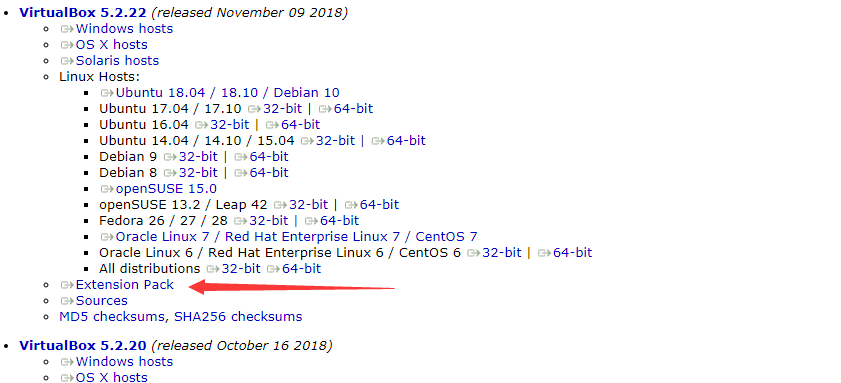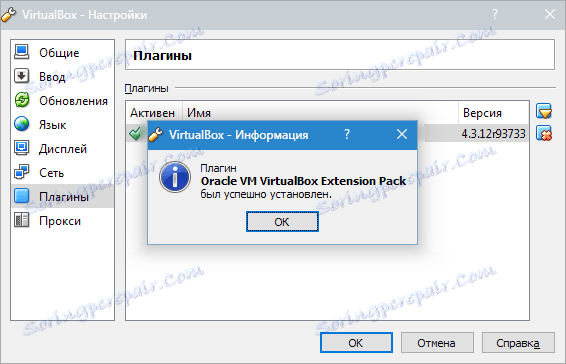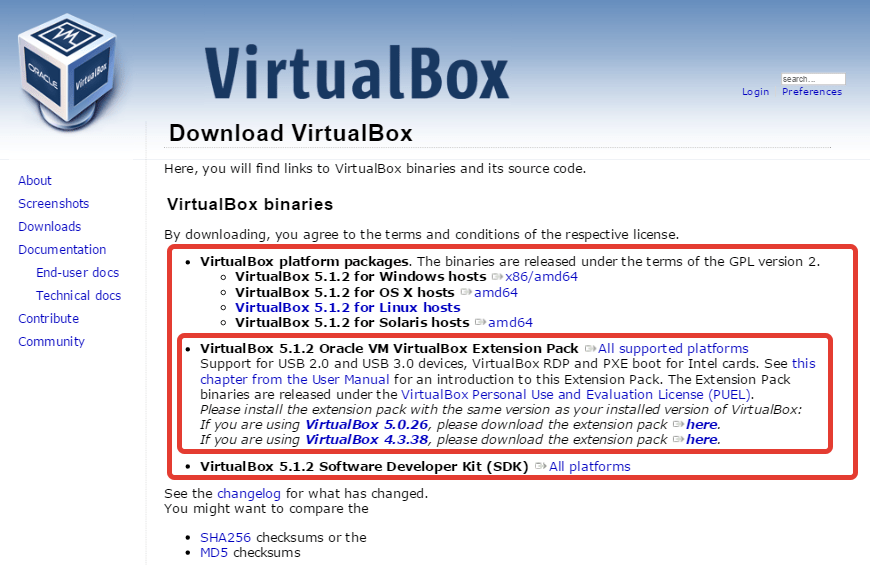

Turn on Physical Address Extension VBoxManage modifyvm H2SVM -pae on Set Network NAT VBoxManage modifyvm H2SVM -nic1 nat -nictype1 82540EMįor Bridge Network, use- VBoxManage modifyvm H2SVM-nic1 bridged -nictype1 82540EM -bridgeadapter1 wlx000b819609d3 Set Boot order VBoxManage modifyvm H2SVM -boot1 dvd -boot2 disk -boot3 none -boot4 none Note: Change the ISO file path in the above command VBoxManage storageattach H2SVM -storagectl "SATA Controller" -port 1 -device 0 -type dvddrive -medium "/home/how2shout/tails-amd64-4.16.iso" VBoxManage storageattach H2SVM -storagectl "SATA Controller" -port 0 -device 0 -type hdd -medium H2SVM.vdi

VBoxManage storagectl H2SVM-name "SATA Controller" -add sata -controller IntelAHCI Set RAM VBoxManage modifyvm H2SVM -memory 1024 -vram 16Īssign the Number of CPU cores VBoxManage modifyvm H2SVM -cpus 2Ĭreate Virtual storage and set size for it VBoxManage createhd -filename H2SVM.vdi -size 32768Īdd Storage controller and attach hard disk + ISO Image to boot. To Set type Linux and version 64-bit VBoxManage modifyvm H2SVM -ostype Linux_64

VBoxManage createvm -name H2SVM -register Replace the H2SVM with whatever name you want to give your Virtual machine. Resize virtual disk (resize in MB, here 256 GB) VBoxManage Virtualbox commands to manage VMs Command to Create VirtualBox virtual machine $env:PATH = $env:PATH + " C:\Program Files\Oracle\VirtualBox" SET PATH=%PATH% C:\Program Files\Oracle\VirtualBox Note: You must have VirtualBox installed on your Linux and other systems to run the below commands… However, Windows 10/8/7 users, first need to add the VirtualBox folder in their system or home environment path. However, for this tutorial we are using Linux, you can use the commands on other OS as well. Here we will let you know how to use the VboxManage command tool to start, stop and list VirtualBox virtual machines on Linux, Windows, or macOS. Although Virtualbox comes with a graphical user interface to control created virtual machines, still, if you want, can use its vboxmanage tool in the command terminal to manage VMs. It also supports Linux and in systems like Ubuntu, Manjaro, and more you can install it directly from the official repository. VirtualBox is open-source software available to install on all popular operating systems. If you want to use the command line terminal tool vboxmanage to create, deleted, list, start or stop VirtualBox Virtual Machines, here is the tutorial to follow…


 0 kommentar(er)
0 kommentar(er)
